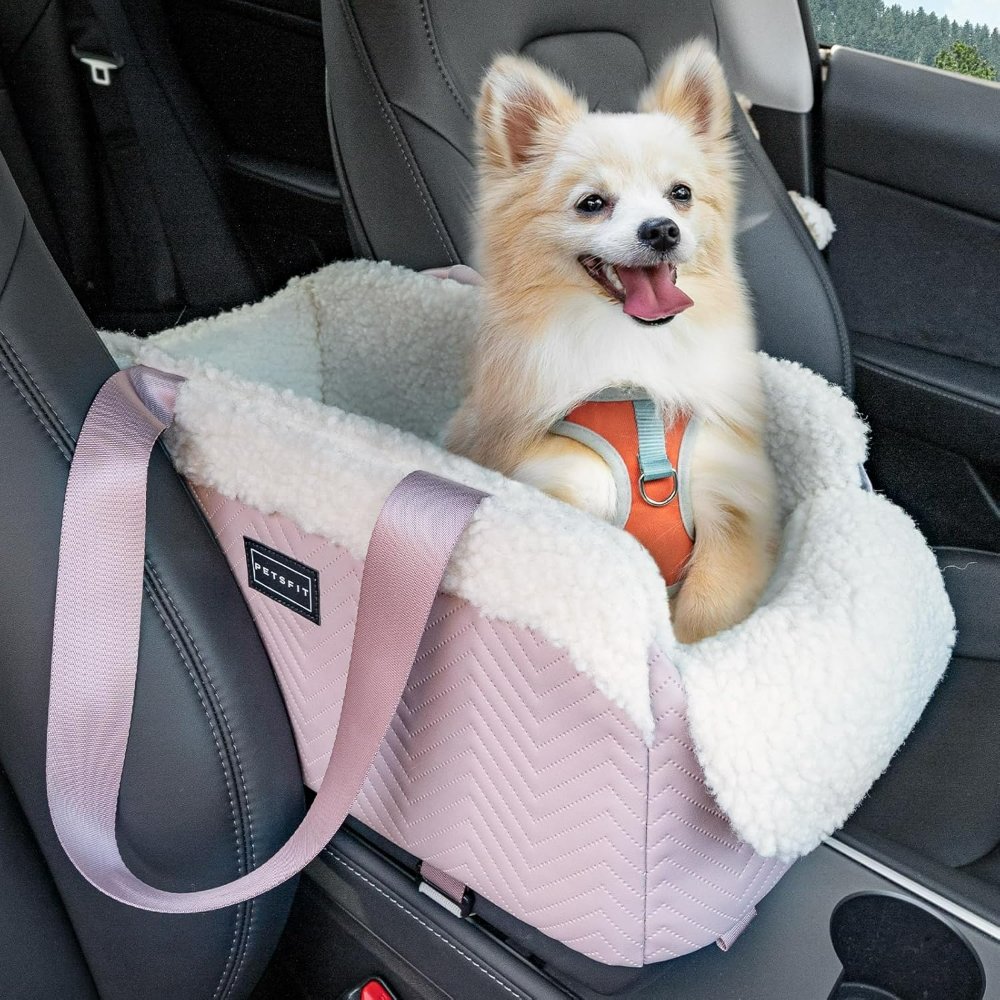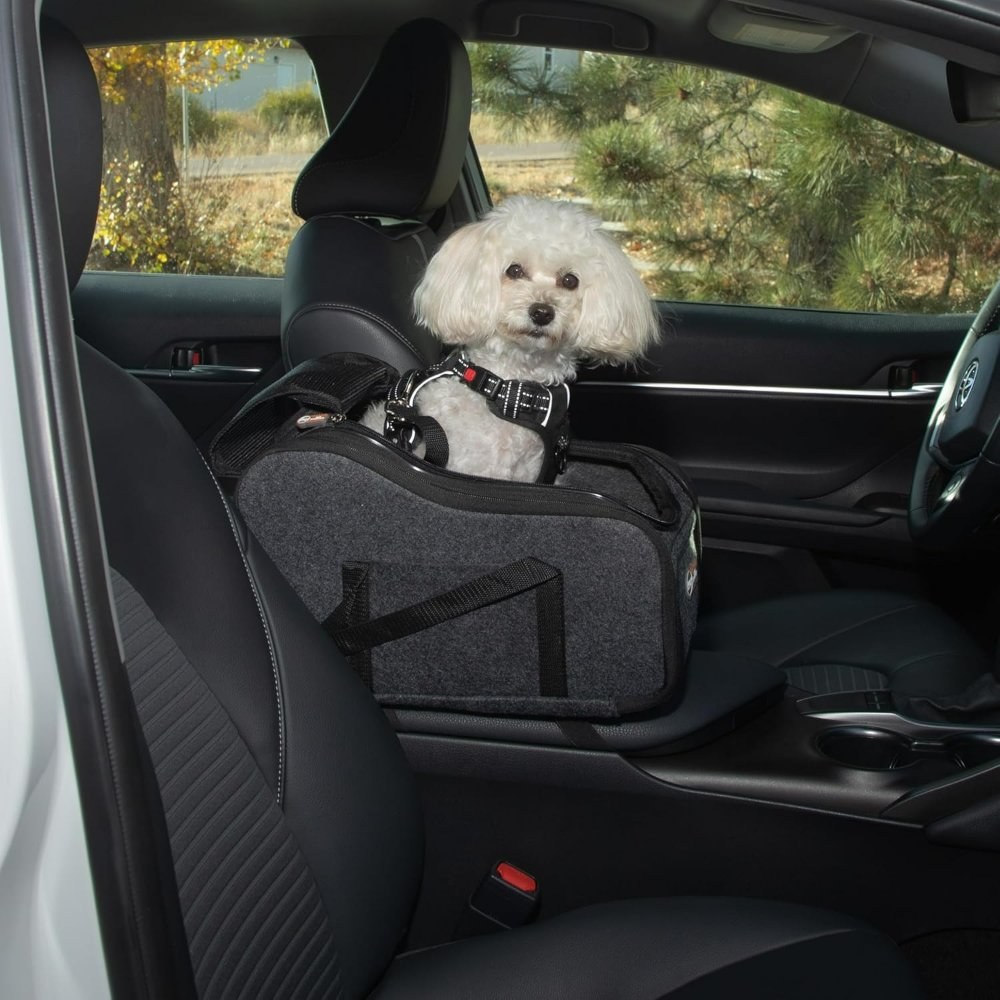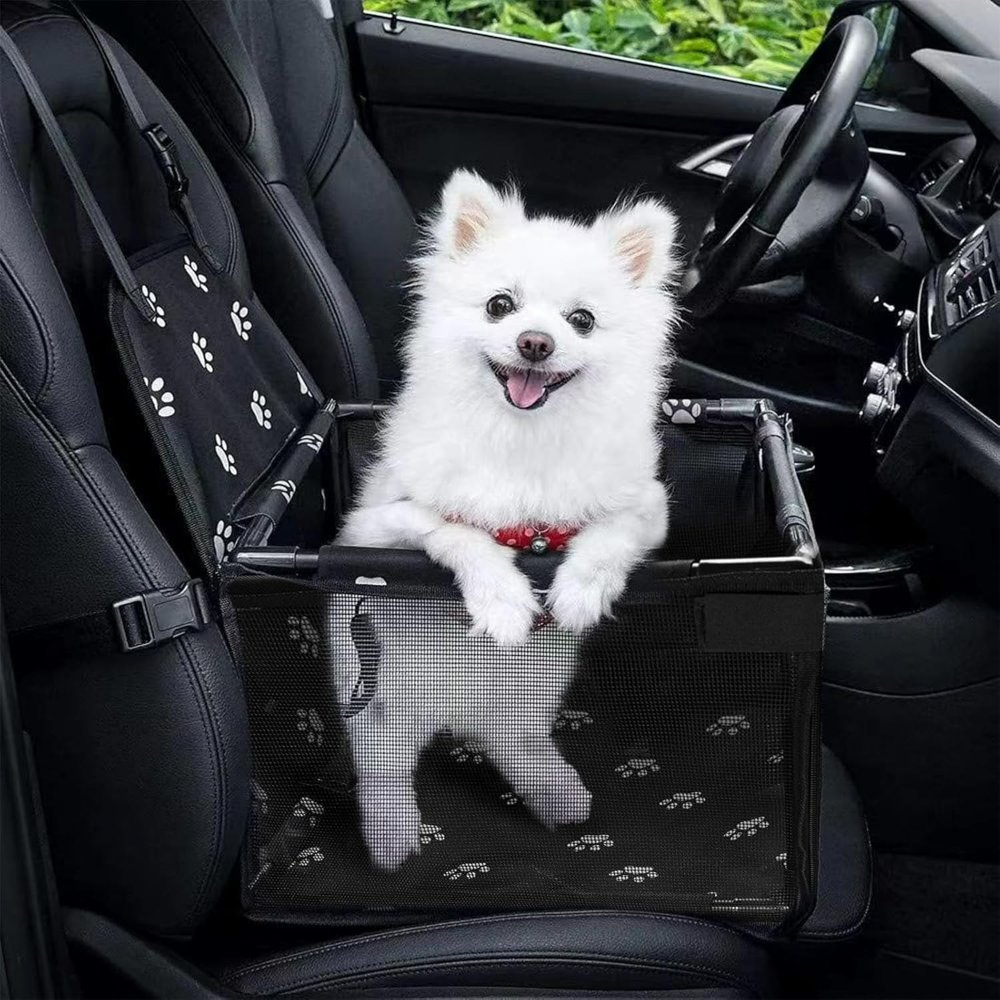Importance of a Car Seat for Your Pet
Safety is paramount when it comes to traveling with your pet. A pet car seat does more than keep your pet contained during a drive. It secures them in place, reduces distraction for the driver, and can protect them in case of an accident. Pets, like humans, need the protection that seatbelts provide to passengers. A pet car seat ensures they have that security.
Not all car accidents can be avoided, but injuries can be minimized. A car seat for your pet acts as a restraint that can prevent your pet from being thrown around inside the vehicle. This can mean the difference between life and death for your furry friend. Additionally, in many locations, it is the law to secure your pet while driving. Besides legal compliance, using a pet car seat can keep your pet calmer by providing a familiar spot to relax in a moving vehicle.
Furthermore, pet car seats can help prevent motion sickness. They provide a stable, elevated area for your pet to sit or lie down. This height can reduce anxiety and nausea by allowing your pet to look outside. It also protects your car’s interior from pet hair and any accidents they might have. Choosing the right car seat is crucial for your pet’s safety and comfort, and for your peace of mind while on the road.

Types of Pet Car Seats
When selecting a pet car seat, you’ll find several types to choose from. Each type is designed to cater to different sizes and preferences of pets, as well as the car’s interior space.
Bucket-Style Car Seats
The bucket-style car seat encloses pets comfortably, resembling a small bed. It’s ideal for small to medium-sized pets and fits snugly on one car seat, often attaching to the car’s seatbelt system.
Harness Car Seats
Harness car seats secure pets using a harness that attaches to the vehicle’s seatbelt. This type secures your pet while allowing some movement, suitable for larger or more active pets.
Console Car Seats
Console car seats fit on the center console of your car, ideal for very small pets who like to be close to their owners. These allow pets to enjoy the ride while securely strapped in.
Booster Car Seats
Booster car seats elevate pets, giving them a view out the window. This type can help reduce motion sickness and is generally recommended for small to medium-sized pets.
Each type has its pros and cons, and the choice depends on your pet’s size, behavior, and your car type. Remember to combine the use of any pet car seat with additional safety measures, such as using a leash or harness for larger pets, to ensure maximum safety during travel. Choosing the right ‘pet car seat’ is key to a safe and enjoyable journey with your furry friend.
Factors to Consider When Choosing a Pet Car Seat
When picking a pet car seat, think about these points:
- Pet Size: Choose a seat that fits your pet’s size. Small seats won’t hold larger pets safely.
- Comfort: Look for padding and support. Your pet should feel at ease during the trip.
- Durability: Pick materials that last and handle your pet’s claws and teeth well.
- Ease of Cleaning: Select a seat with removable covers. It makes washing easier.
- Vehicle Compatibility: Ensure the seat fits well with your car’s interior and seat design.
- Safety Features: Check for sturdy straps and secure attachment points. Safety comes first.
- Portability: If you switch cars often, get a seat that’s easy to move.
- Pet Behavior: Consider how your pet acts. Calm pets might like a soft bed, while active ones might need more secure options.
- Design: Look for a design that suits your car’s style and keeps your pet snug.
- Price: Set a budget, but remember the cost often reflects quality and features.
Make a list of priorities. It helps in selecting the best pet car seat. Always put your pet’s safety and comfort first.

Installation of Pet Car Seats
After choosing the perfect pet car seat, proper installation is crucial. It ensures the seat functions as intended, fully protecting your pet. Here is a step-by-step guide to setting up your pet car seat correctly:
- Read the Manual: Always start by reading the installation instructions specific to your car seat model.
- Position the Seat: Place the car seat in the right spot. Some seats work best in the back, while others fit in front.
- Secure with Seatbelts: Use the vehicle’s seatbelt to strap in the seat firmly. It should not wiggle or slide.
- Attach the Harness: If it comes with a harness, connect it to your pet and adjust for a snug fit.
- Test Stability: Before placing your pet inside, make sure the seat is stable and secure.
- Introduce Your Pet: Let your pet get used to the seat at home before using it in the car.
- Check Fit: Ensure your pet has enough room to sit or lie down comfortably.
- Double-Check: Give everything one last review. Safety is in the details.
Remember that a securely installed pet car seat can actually save your pet’s life in sudden stops or accidents. Also, familiarize your pet with the car seat gradually to reduce anxiety. This will make car rides a peaceful experience for both you and your furry companion.
Safety Tips for Traveling with Pets
Ensuring your pet’s safety during car journeys involves more than just the right ‘pet car seat’. Here are essential safety tips for traveling with pets to keep them secure and comfortable:
- Restrain Your Pet Properly: Always use a pet car seat or harness to keep your pet in place. Avoid letting pets roam free in the car.
- Never Leave Pets Alone: Don’t leave your pet in the car unattended, especially on warm days.
- Keep Heads Inside: Ensure pets keep their heads inside the vehicle to prevent injury.
- Avoid Feeding Before Travel: To prevent motion sickness, don’t feed your pet right before a trip.
- Take Regular Breaks: Stop for bathroom and water breaks. It helps pets relieve stress.
- Keep a Comfort Item: Bring your pet’s favorite toy or blanket to soothe them.
- Secure Loose Objects: Make sure items that can shift and hurt your pet are secure.
- Temperature Control: Adjust the car’s temperature to keep your pet comfortable.
- Identification: Ensure your pet has ID tags and microchips in case they escape.
- Familiarize Your Pet: Let them spend time in the car seat while stationary to get comfortable.
By following these tips and keeping your ‘pet car seat’ well-installed, you maximize safety and minimize risks for your four-legged companions on the road.

Top Rated Pet Car Seats on the Market
Selecting a top-rated ‘pet car seat’ is essential for your pet’s safety and comfort. With a variety of options available, it’s important to pick one that best fits your and your pet’s needs. Here are some of the top-rated pet car seats that have been praised by pet owners for their quality, safety features, and comfort.
Bucket-Style Top Pick
A favorite among small pet owners is the Cozy Cruiser Bucket Seat. Its snug design keeps pets secure. It’s praised for its durability and ease of cleaning.
Best Harness Car Seat
The Roadie Restraint Harness Seat receives high marks. It works well for active pets and has sturdy straps. Its safety ratings are impressive.
Top Console Car Seat
For tiny pets, the Snuggle Buddy Console Seat is a hit. It fits well on the console and keeps pets close. Owners love its padded walls.
Leading Booster Car Seat
The Lookout Perch Booster Seat is a top choice for reducing motion sickness. Its elevated design offers great views. Comfort and stability are its big pluses.
These are some market leaders; however, always refer to your pet seat checklist when making a selection. Quality, comfort, and safety are key when traveling with pets.
Cleaning and Maintenance of Pet Car Seats
Maintaining a pet car seat is key to its longevity and function. Here are simple steps for keeping it clean and safe:
- Regular Cleaning: Vacuum or shake out loose hair and dirt frequently. It reduces buildup.
- Wash Covers: Remove covers and wash according to the manufacturer’s instructions. Air dry them.
- Check for Damage: Inspect the seat regularly for any tears or broken parts. Repair or replace if needed.
- Wipe Down Surfaces: Use a damp cloth to clean hard surfaces. Avoid harsh chemicals that can harm pets.
- Refresh the Seat: Sprinkle baking soda on the seat to eliminate odors. Let it sit before vacuuming.
- Secure Fittings: Make sure straps and clips stay tight. Adjust them as necessary.
- Store Properly: If not in use, store the pet car seat in a dry, cool place.
Proper care will ensure your ‘pet car seat’ remains a cozy, clean space for your pet. It also ensures the seat’s safety features are always at their best. With these practices, the pet seat is always ready for your next safe journey together.
Common Questions about Pet Car Seats
When it comes to keeping your companion safe during travels, pet owners often have questions about ‘pet car seats’. Below are answers to common queries to help you make informed decisions for your furry friends.
What size car seat should I get for my pet?
Select a ‘pet car seat’ that matches your pet’s weight and size. Too small or too big isn’t safe.
Are car seats for pets required by law?
Some regions mandate pet restraints in vehicles. Check your local laws to comply.
How can I ensure my pet is comfortable in the car seat?
Pick a seat with soft padding. Let your pet use it at home before car trips.
Can I use a pet car seat in the front passenger seat?
It’s better to put the car seat in the back. Airbags in the front can harm pets.
What is the safest type of pet car seat?
Choose a seat with secure attachments and a proper fit for your pet’s stability.
How often should I clean my pet’s car seat?
Clean it regularly. Look for any signs of wear and act quickly to fix or replace.